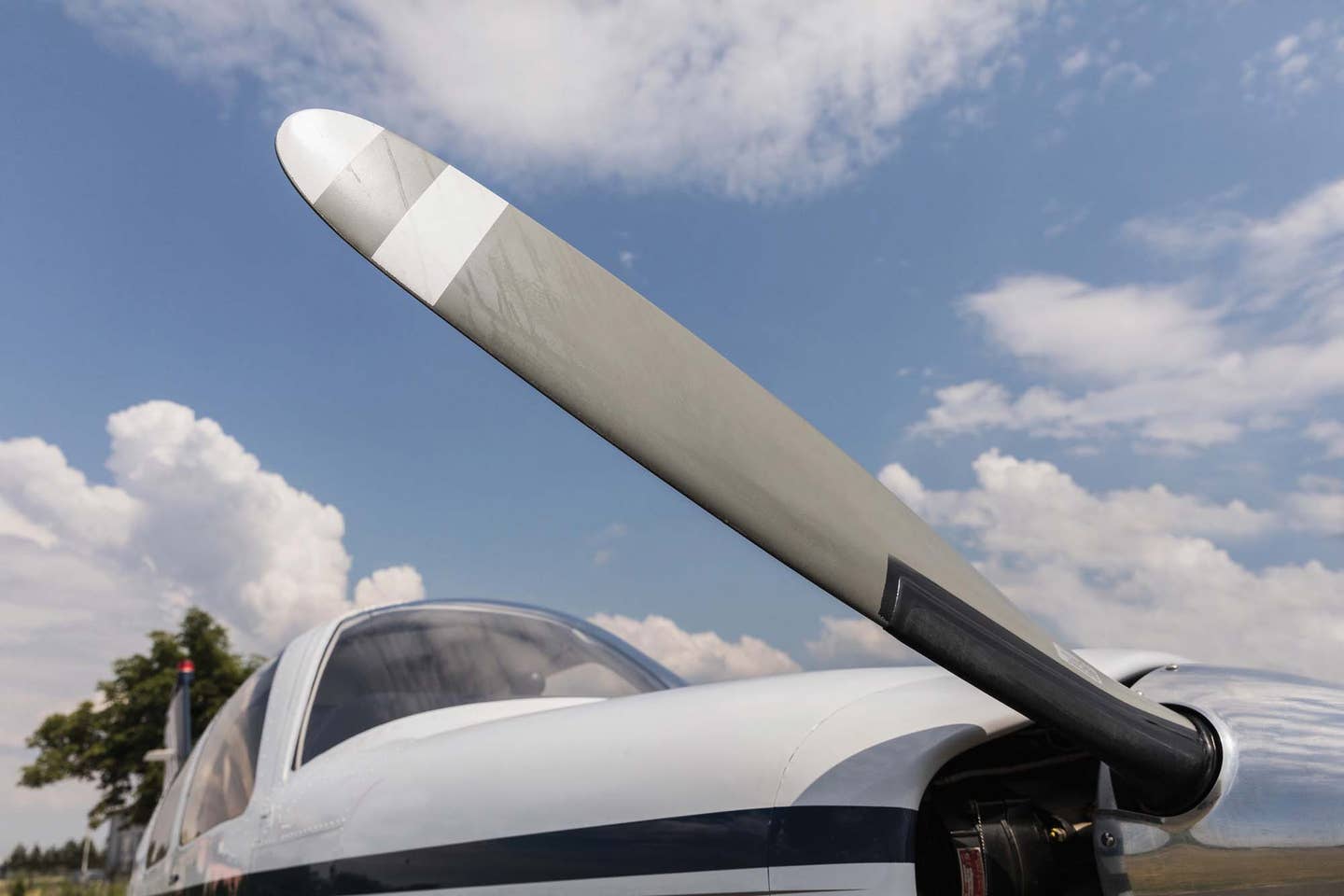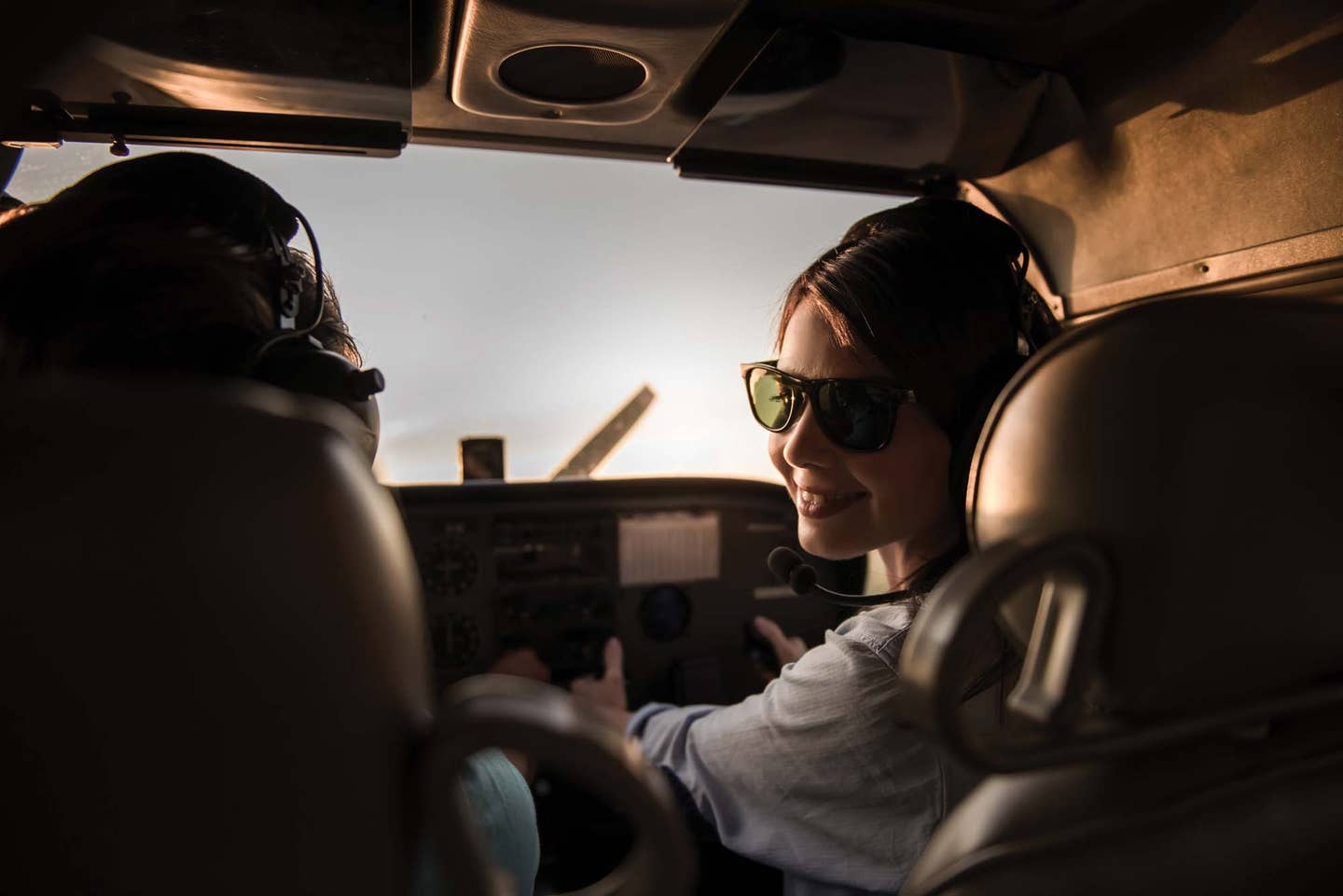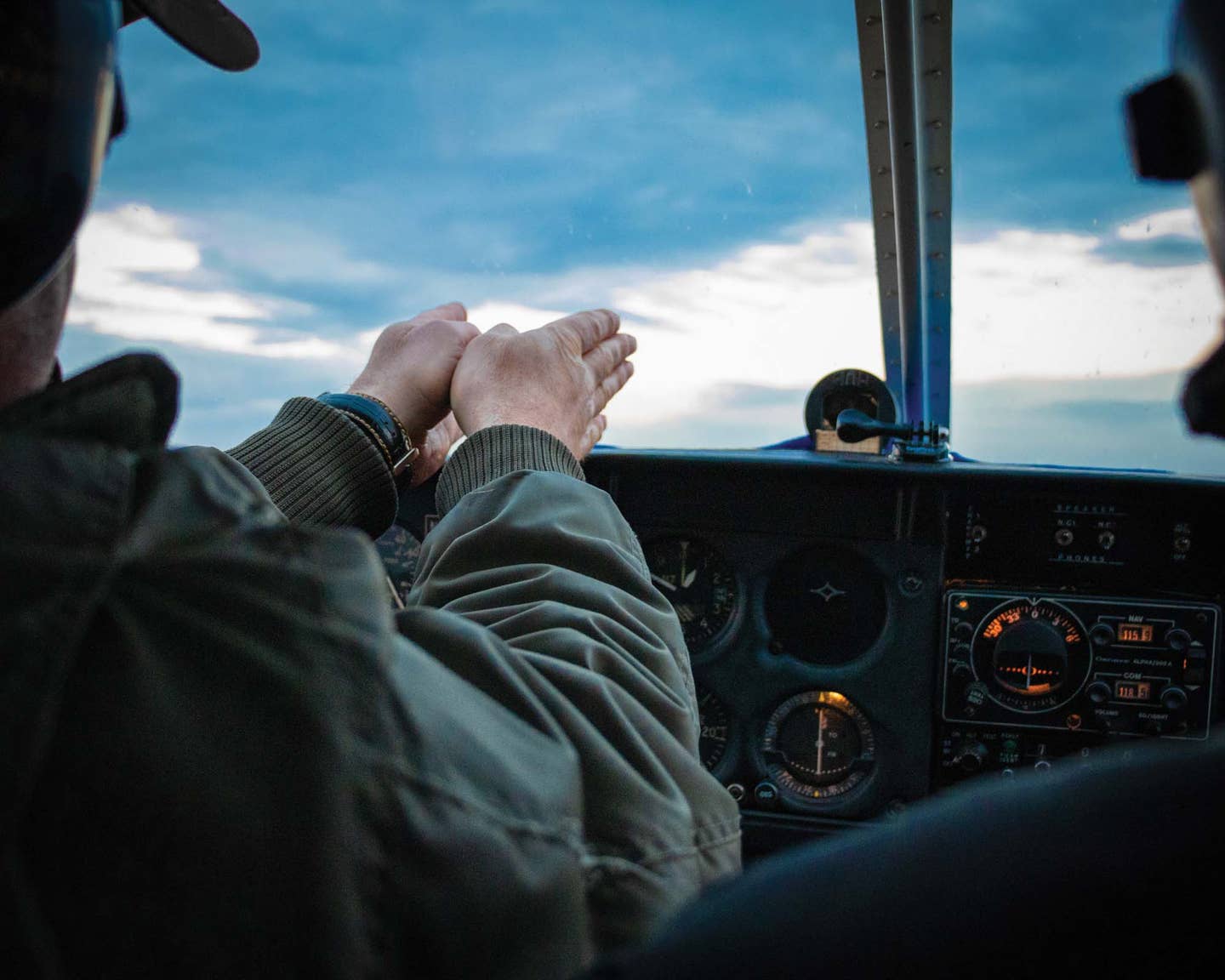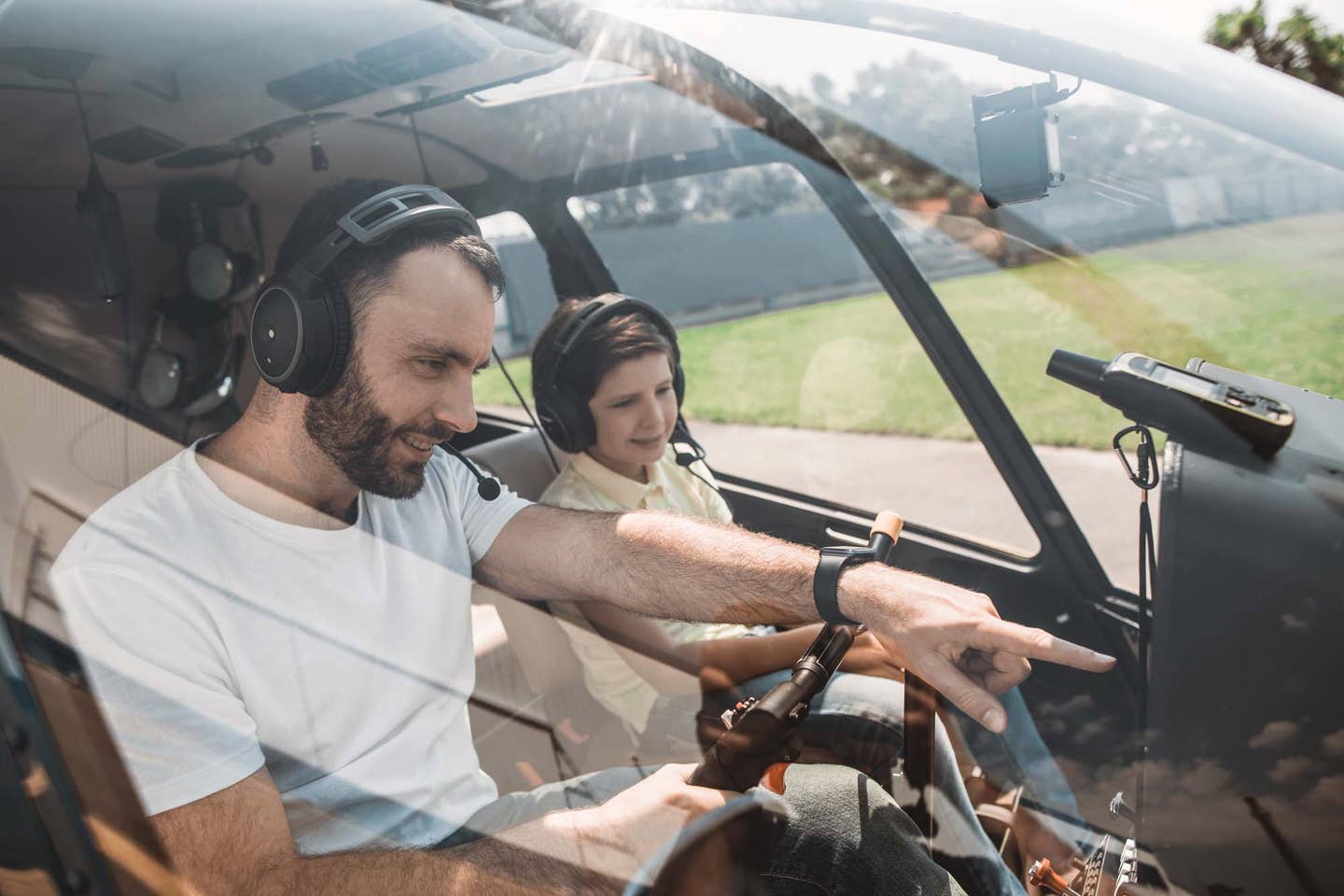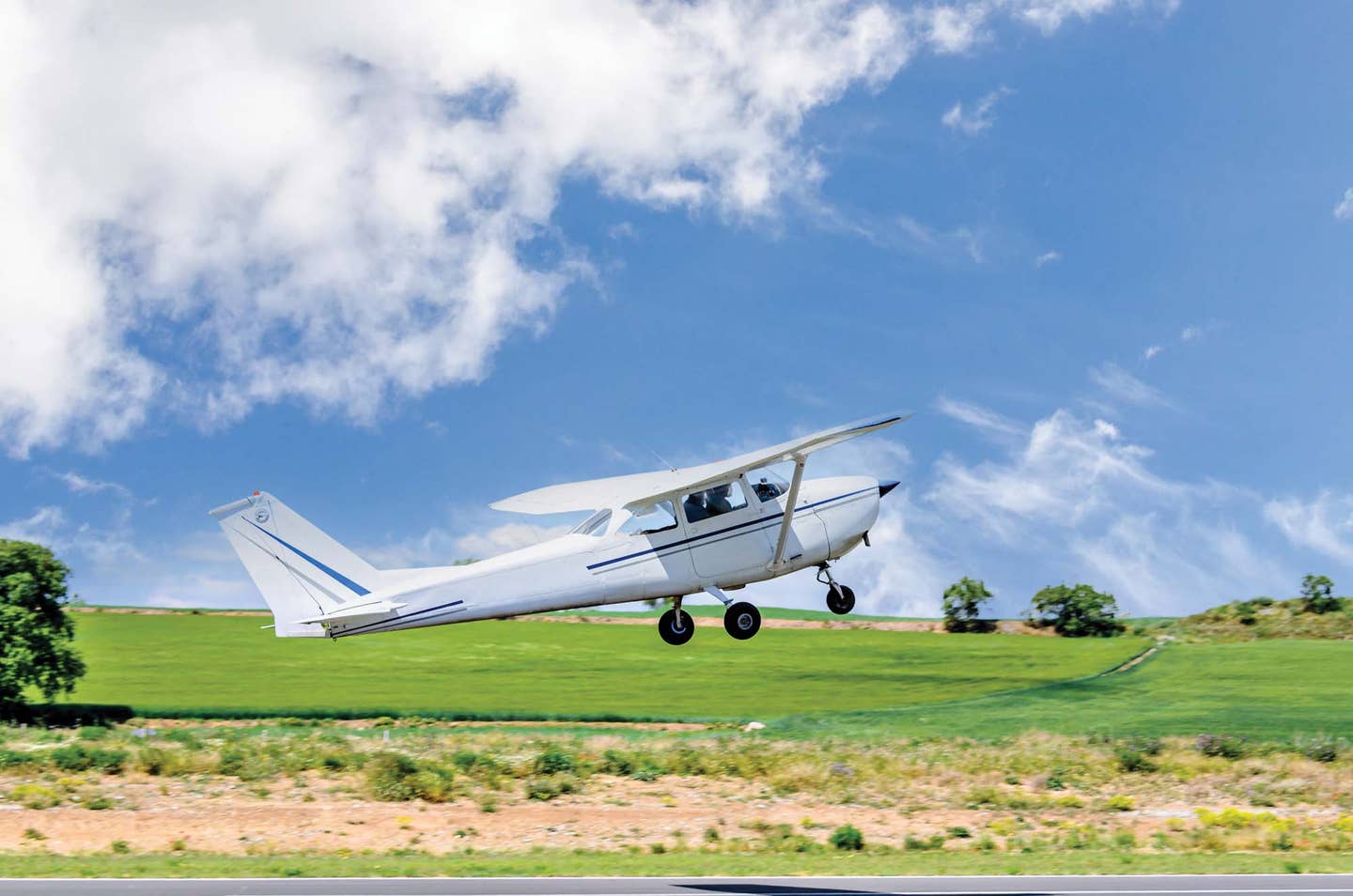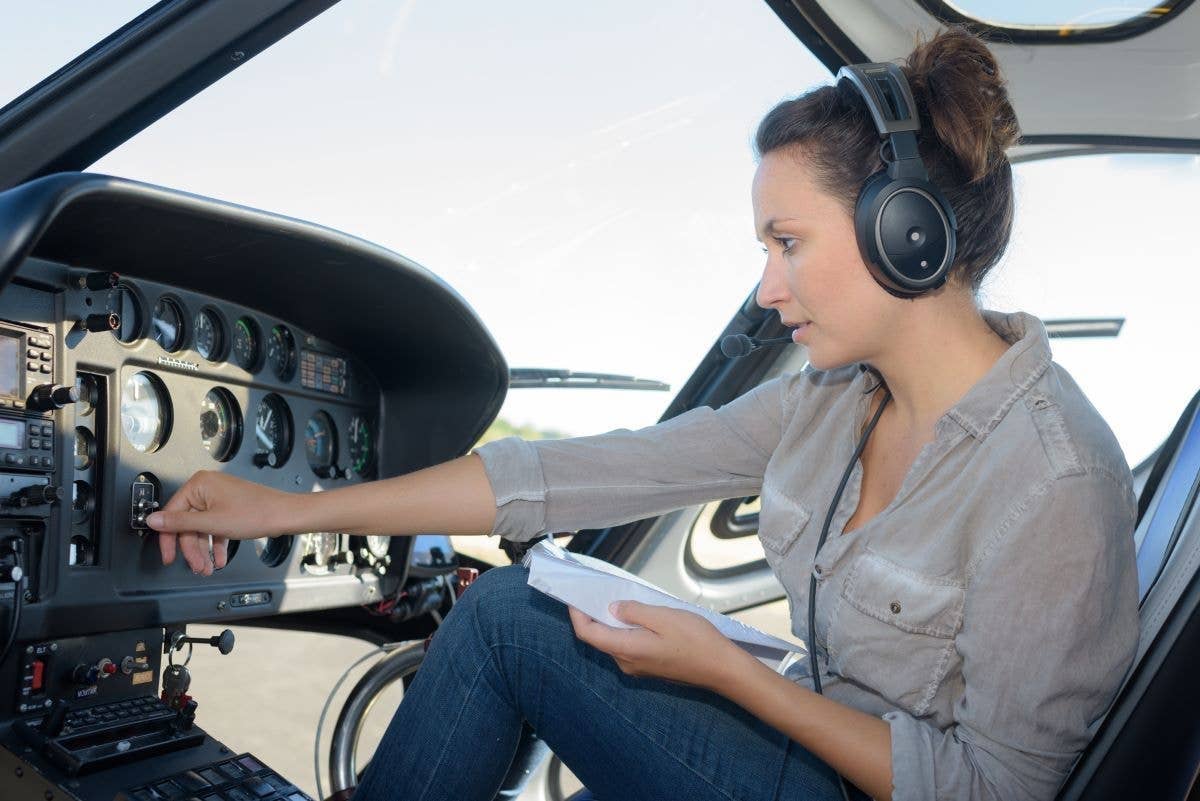Tips And Tricks For Winter Flying
Get expert advice for safe flying in the North Country!
During the Cold War period from the 1950s until the mid-1990s, thousands of young military aviators fresh out of flight schools in the sunbelt states found themselves assigned to brand-new bases in places like Great Falls, Montana; Minot, North Dakota; the Upper Peninsula of Michigan; and Loring, Maine. The requirement to defend the nation from threats over the North Pole shifted the focus to the north. These young pilots had to grow up fast and do it in places where winter weather was extreme.
Of course, the experienced pilots of Canada and Alaska welcomed these brash newcomers from the lower 48 with open arms and shared their tips and tricks for winter flying. As it turns out, aviation has long flourished in these northern climes. It's often the most efficient or sometimes the only way to get from Point A to Point B. Flying in the cold clear air up north is amazing. The scenery is dramatic, the visibility unlimited, and density altitude is finally your best friend. So, in addition to watching reruns of "Ice Pilots" and "Flying Wild in Alaska," what can we learn about winter operations from these experienced folks?
Airport Operations
Operating on snow- or ice-covered ramps, taxiways and runways is quite common the further north you travel. This usually requires slower taxi speeds, more careful attention to crosswinds, and judicious use of both brakes and power. Runway Condition Reports (RCR) and the Runway Condition Assessment Matrix (RCAM) are commonly used tools to measure actual runway friction coefficient. While these are focused on transport category aircraft, familiarity with these tools will help avoid problems.
So, where does all the snow end up? Airport snowplow drivers do an amazing job of keeping northern airports open and operating. However, as the season wears on, they can simply run out of places to put it all. Occasionally, the ramps and taxiways can develop snow ridges or mounds near the edges. Hitting one of these with your wingtip, especially for the more vulnerable low-wing crowd, can ruin your day, so be careful. Additionally, in crusty snow, wheel pants can be a problem, and retractable landing gear airplanes usually have a procedure to clear snow and ice from the gear before retraction.
Landing on a snow-covered runway can be a different experience for the first-timer. Depth perception can be severely reduced by blowing snow and whiteout conditions, and runway signs, markings and lighting may be obscured. Landing on an icy runway in crosswind conditions can require some thoughtful planning. The airplane may handle normally until airspeed is reduced, and then the tail begins to act like a weathervane. Vintage jet aircraft that use a drag chute often jettison the chute on the runway to avoid being dragged tail-first off the side! Similarly, our little piston singles, sitting high on those three skinny little tires, have large vertical tails that can turn the aircraft into the wind with ease. Just being aware of the possibility, and careful use of the brakes and flight controls, will manage this just fine.
Navigation
Consider "IFR" when you fly in the winter. No, not that "IFR;" the other one, "I follow roads." In parts of North Dakota, Montana and Canada, there are long stretches of terrain with few signs of human habitation. However, the Trans-Canada Highway and the U.S. National Interstate Highways provide a magnet for humanity. These "Concrete Compasses" offer navigation assistance, an endless alternate landing site and a wide selection of airports. Very often, the Victor Airways and T routes are positioned nearby. Seriously, filing either IFR or VFR is just fine, but respect the winter weather. Cold fronts up north are often fast moving and rapidly changing. Best to ascribe to the motto "if you have time to spare, go by air." Give yourself plenty of time to wait out the weather, and, of course, icing is often a factor. The forecasting tools available now make this a manageable task, usually, and many high-end singles now come with FIKI (flight into known icing). However, ice buildup should be avoided. On the bright side, fast-moving weather usually means fast-clearing weather as well and clear breezy skies, to boot.
Dress For Success
Before we "slip the surly bonds of earth," let's make sure we take care of the pilot and the passengers. Shoes and good gloves are the most important fashion accessories. Hard leather-soled shoes are not the best solution for ice- and snow-covered ramps. One moment, you are standing on the ice; the next moment, you are lying on the ground wondering what happened. However, there is an alternative. Rubber soles and insulated uppers will keep your feet warm, dry and underneath you on even the iciest ramp. L.L. Bean is a good place to start! One of the best is the GI surplus canvas Mukluk boot with felt inner liners. Wear these, and you can play half-court basketball on sheet ice and end up with warm and toasty feet.
Consider dressing as though you might have to spend the night out in the cold and then walk across a couple miles of snow-covered fields to find that warm and toasty farmhouse. A survival kit with basic food, water, shelter and warm clothing for the number of passengers being carried is essential. Don't forget, long underwear can be a fashion statement, too! Most folks who drive long distances in the North keep a blizzard kit in the trunks of their cars. It just makes good sense to be prepared.
The Plane, The Plane!
Once the mercury drops below zero, every mechanical issue becomes exaggerated. That five-year-old battery that you are nursing along for just one more year won't make the grade when the temperature is in the teens. If the engine is a bit hard to start in sunny Florida, it will be much worse in sunny and cold Minnesota. Oil cooler winterization plates, multi-viscosity oil and engine pre-heating help the engine deal with the cold. If parked outside, expect snow and ice to accumulate. So, make sure you have a plan to remove all the snow and ice from the aircraft before takeoff. Most FBOs have general aviation deicing equipment available. One caution: Using heat to remove snow can simply melt the ice and allow it to refreeze in vulnerable areas like aileron or flap hinges.
An alternate solution to pre-heating and snow removal is advance planning. Many FBOs will hangar your aircraft overnight, especially the night before you depart. This service is well worth the dollars spent. While some FBOs charge top dollar for the service, others are happy to provide the service for a small fee and sometimes just as a courtesy. When departing, arrive early, preflight in the hangar, load up the passengers, then tow them all out the door and start up the engine. Just like that, you are airborne, no fuss, no muss. By the way, this option is incredibly popular with your passengers. You might need to do a little airport shopping and bargaining to make this happen, but it is well worth the time and money.
Final Check
Okay, that's it. We have decided to fly north to see the grandparents in Minneapolis this Christmas. Let's run the checklist. Sensible shoes, warm clothes and a survival kit, check! Dig out the winterization plate for when we get north, change the oil and replace that weak battery, check! Call the FBO and arrange for a nice warm home for our precious bird, check! Victor Airways, GPS direct and trusty Interstate Highway 35 into Minneapolis, check! Finally, a credit card and cell phone to plan for the winter storm delay, check! Enjoy the beautiful winter vistas, and don't forget to say hello to grandma and grandpa for all of us. Stay warm and fly safe!
Read "FIKI Approval Is Not Enough" for more tips on cold weather flying.

Subscribe to Our Newsletter
Get the latest Plane & Pilot Magazine stories delivered directly to your inbox

